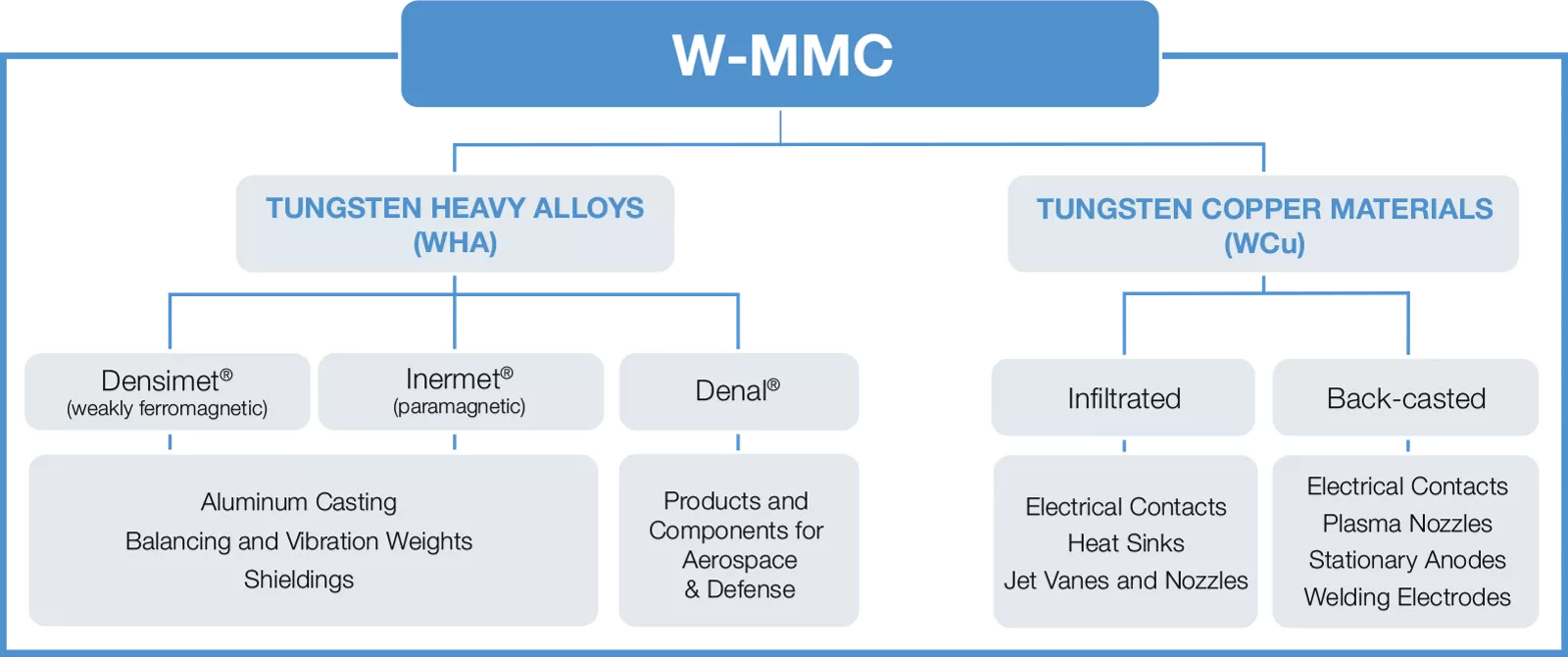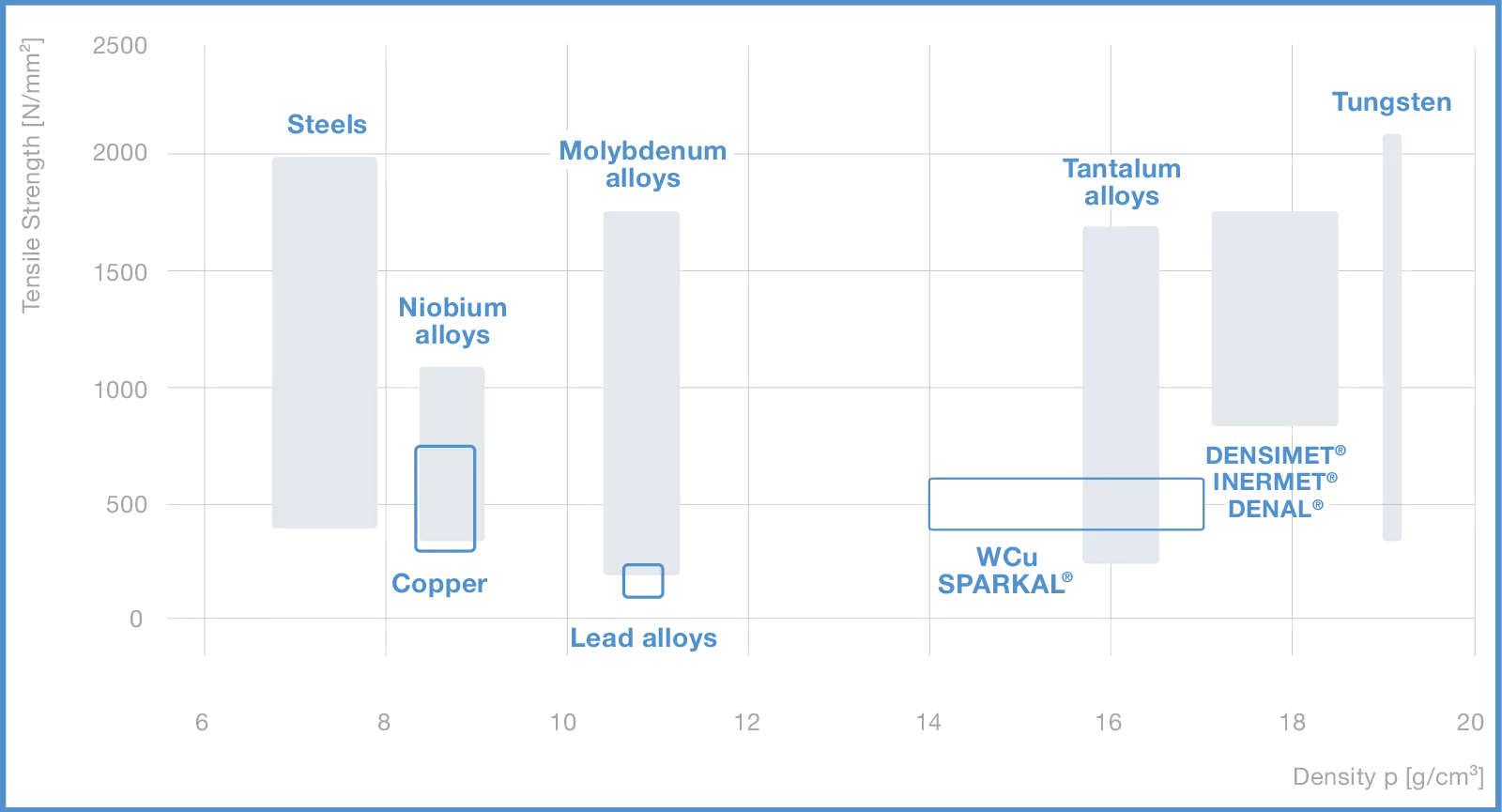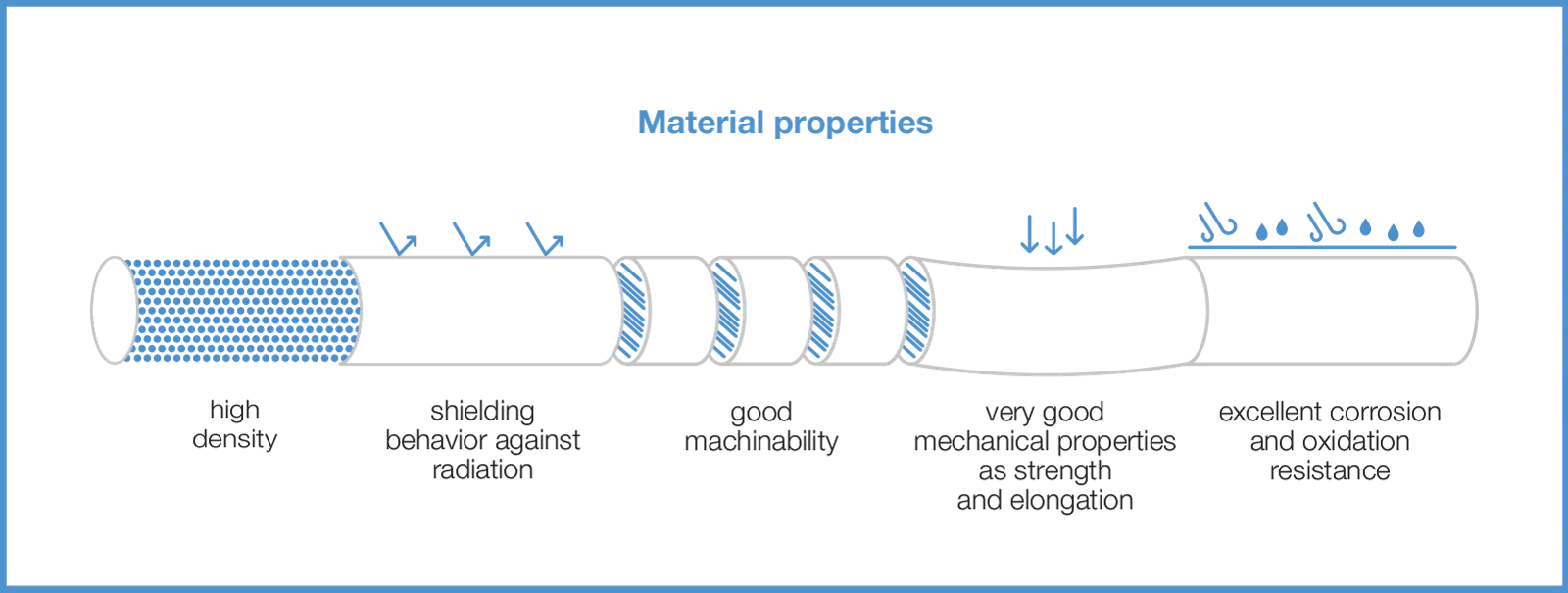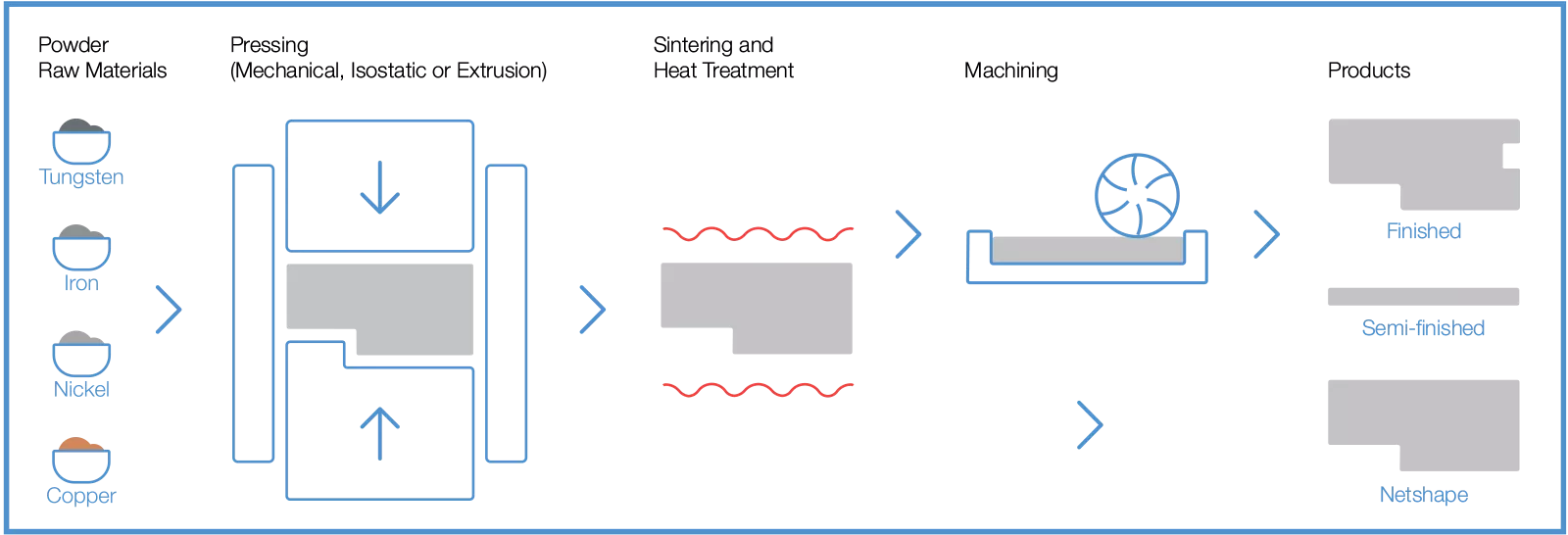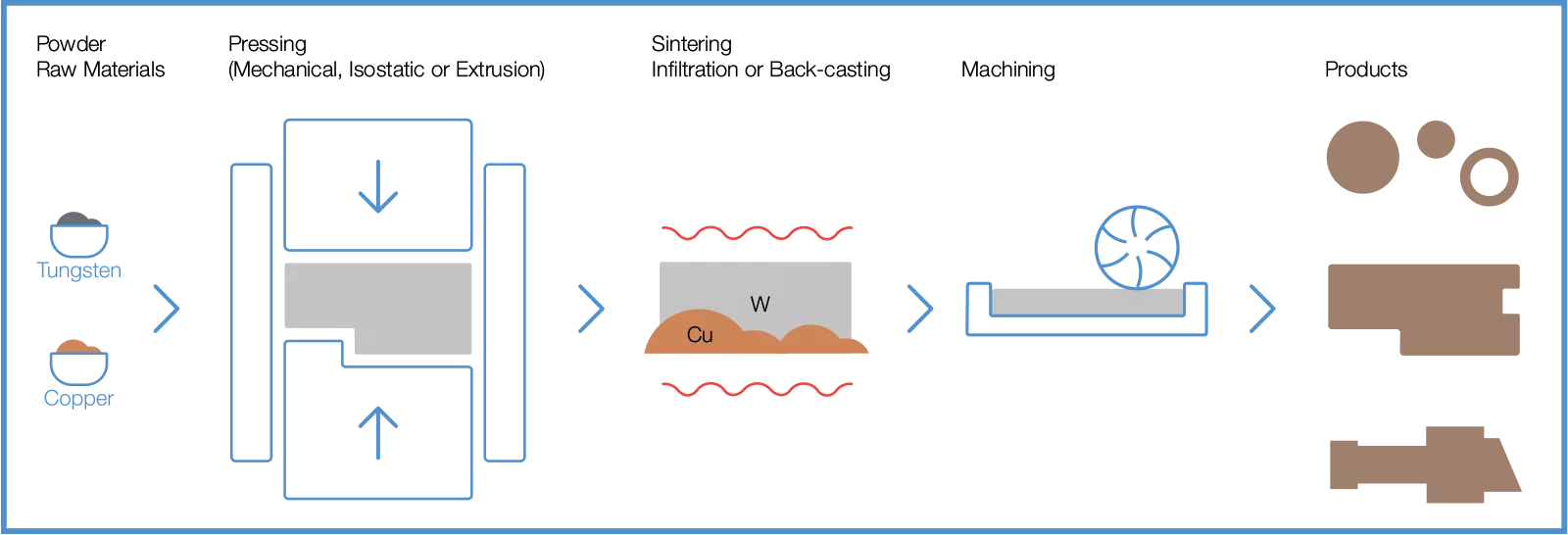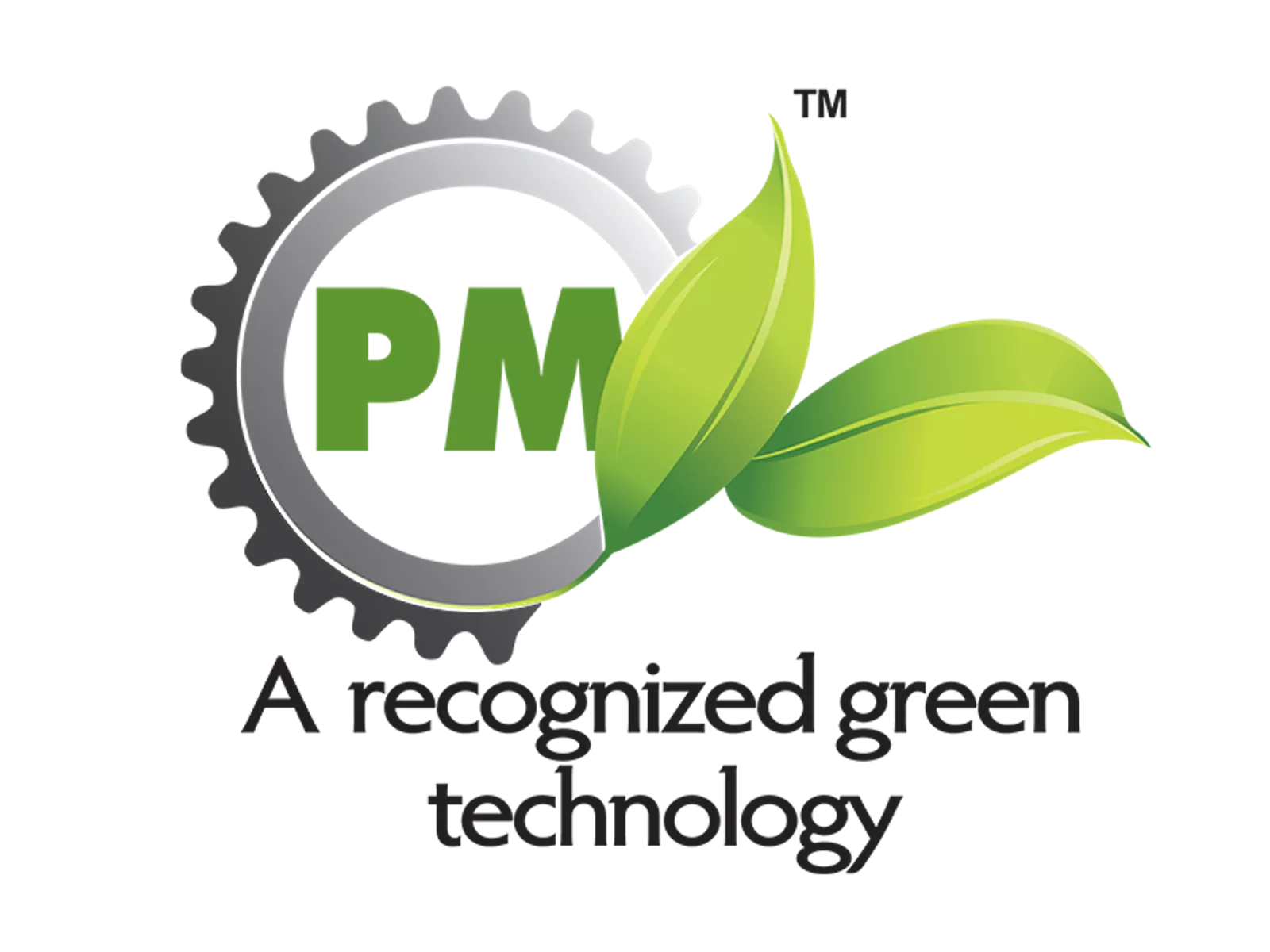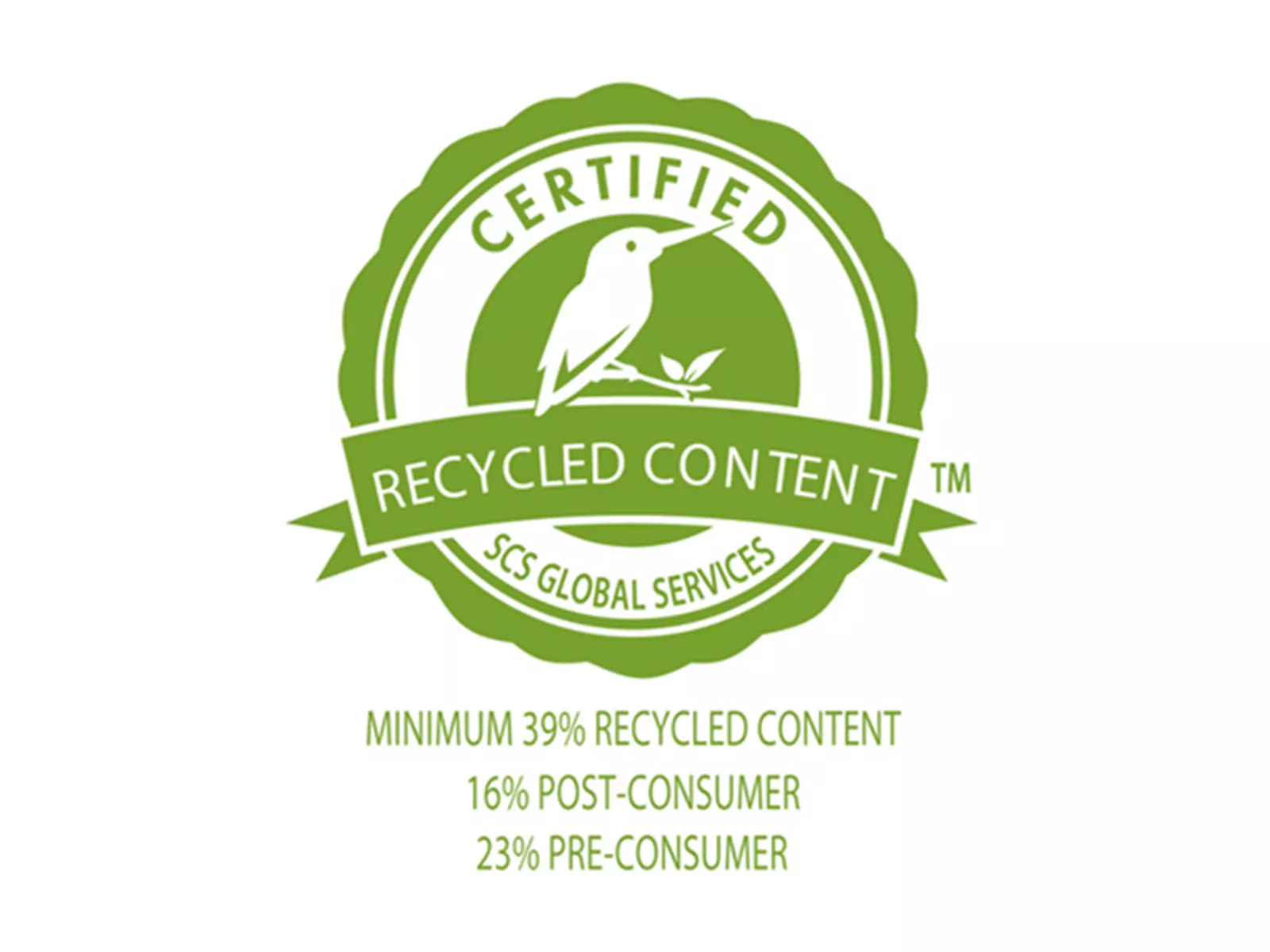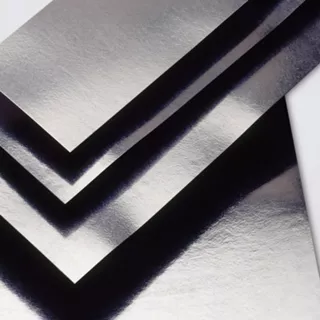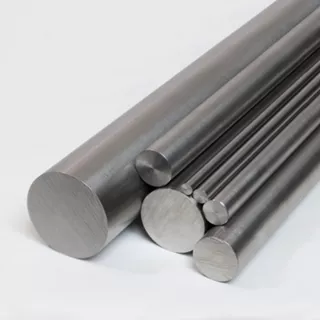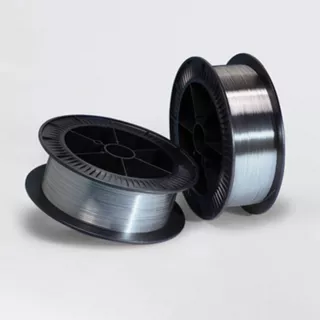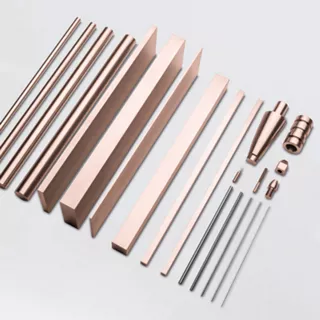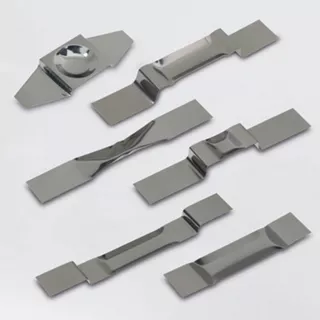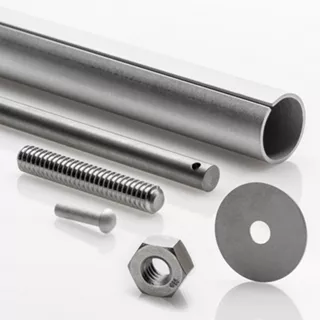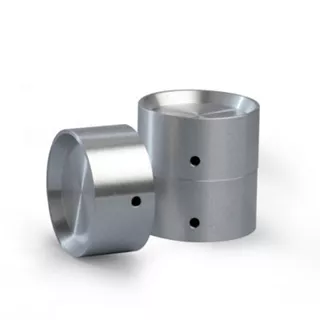Raw materials from conflict-free sources
As one of the world's leading manufacturers of refractory metals, we bear great responsibility. We are especially concerned that the raw materials we procure are sourced responsibly and exclusively from conflict-free sources. As a result, we go to great lengths to ensure that we do not source or use any raw materials from socially, ethically, or ecologically questionable sources.
Sustainability is a constant watchword in our purchasing policy and is defined in our Code of Conduct.
We only select suppliers that comply with rigorous procurement guidelines and our Supplier Policy. Suppliers not only have to demonstrate that raw materials meet our strict quality requirements. They must also unreservedly respect human rights, labor laws, and international trade law, and provide proof that their raw materials come from "conflict-free" sources and meet strict environmental requirements. We participated in a pilot study conducted by the Organization for Economic Cooperation and Development (OECD) and have implemented the "Due Diligence Guidance for Responsible Supply Chains of Minerals from Conflict-Affected and High-Risk Areas."
This audit conducted as part of the Responsible Minerals Assurance Process (RMAP) Downstream Audit Program, a joint undertaking promoted by the Responsible Business Alliance (RBA – formerly EICC) and the Global e-Sustainability Initiative (GeSI), is a voluntary obligation adopted by Plansee. For us, our customers, and our suppliers, this represents independent confirmation that we are compliant with the Responsible Minerals Assurance Process (RMAP).
Following a re-audit in 2018, the audit committee of the Responsible Business Alliance (RBA) and the Global e-Sustainability Initiative (GeSI) has confirmed that Global Tungsten & Powders (GTP) in Towanda - a Plansee Group company - sources tungsten in compliance with the RMAP. For Plansee's customers, this certificate provides independent proof that the Plansee Group procures its tungsten from responsible sources.



